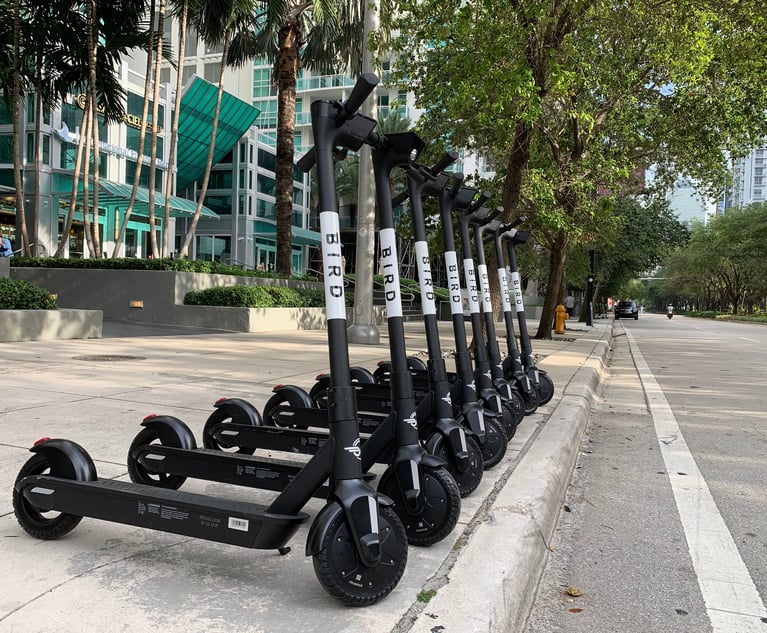A recent split decision of the Court of Appeals, in Contact Chiropractic v. New York City Transit Authority, 2018 N.Y. Slip Op. 03093 (May 1, 2018), has answered an interesting question regarding whether the six-year statute of limitations under CPLR 213(2) or the three-year statute of limitations under CPLR 214(2) is applicable to a dispute with respect to the payment of no-fault (PIP) benefits by a self-insurer, and, in so doing, has raised several questions still to be answered. In order fully to understand and appreciate the significance of this new decision, a discussion of the issues in historical context is in order.
Self-Insurance
It is well-known that the most common method of obtaining third-party bodily injury liability protection in the event of a motor vehicle accident is through the purchase of a liability insurance policy, with limits of coverage at least equal to those required by the applicable statutes and regulations (see e.g., Veh. and Traf. L. §§311; 370; 1693[2][a], [3][a]; and 35 RCNY §§1-02[c][3]; 1-40[d]; 6-11[d]).


 Jonathan A. Dachs
Jonathan A. Dachs




